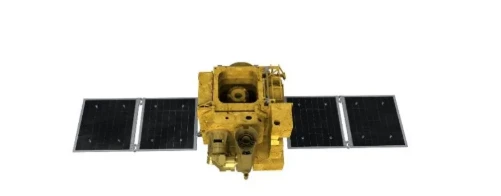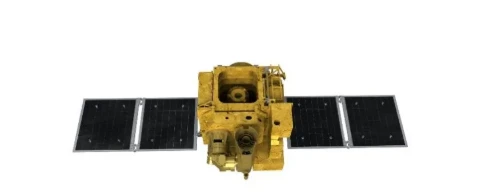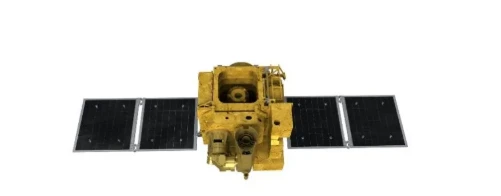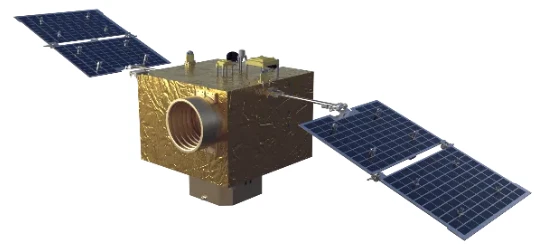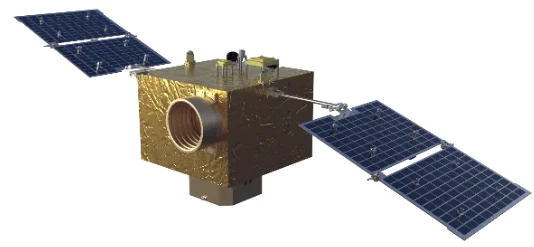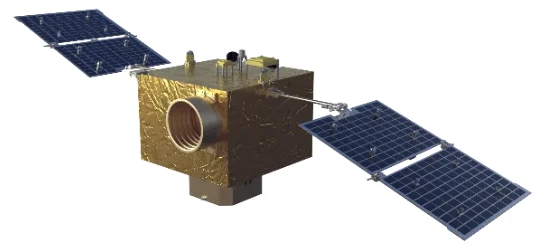
- Châu Phi
- Tiếng Albania
- Tiếng Amharic
- Tiếng Ả Rập
- người Armenia
- Tiếng Azerbaijan
- Tiếng Basque
- người Belarus
- Tiếng Bengal
- người Bosnia
- Tiếng Bulgaria
- Tiếng Catalan
- Tiếng Cebuano
- Trung Quốc
- người Corsica
- Tiếng Croatia
- Tiếng Séc
- Tiếng Đan Mạch
- Tiếng Hà Lan
- Tiếng Anh
- Tiếng Esperanto
- Tiếng Estonia
- Phần Lan
- Tiếng Pháp
- Tiếng Frisia
- Tiếng Galicia
- người Gruzia
- Tiếng Đức
- Tiếng Hy Lạp
- Tiếng Gujarat
- Tiếng Creole Haiti
- Tiếng Hausa
- người Hawaii
- Tiếng Do Thái
- KHÔNG
- Miêu
- Tiếng Hungary
- Tiếng Iceland
- người Igbo
- Tiếng Indonesia
- người Ai-len
- Tiếng Ý
- Tiếng Nhật
- Tiếng Java
- Tiếng Kannada
- tiếng kazakh
- Tiếng Khmer
- người Rwanda
- Hàn Quốc
- người Kurd
- Tiếng Kyrgyzstan
- Lao
- Tiếng La-tinh
- Tiếng Latvia
- Tiếng Litva
- Tiếng Luxembourg
- Tiếng Macedonia
- Tiếng Malagasy
- Tiếng Mã Lai
- Tiếng Mã Lai
- Tiếng Malta
- Người Maori
- Tiếng Marathi
- Mông Cổ
- Miến Điện
- Tiếng Nepal
- Tiếng Na Uy
- Tiếng Na Uy
- Tiếng Occitan
- Tiếng Pashto
- Tiếng Ba Tư
- Đánh bóng
- Tiếng Bồ Đào Nha
- Tiếng Punjab
- Tiếng Rumani
- Tiếng Nga
- Người Samoa
- Tiếng Gaelic Scotland
- Tiếng Serbia
- Tiếng Anh
- Shona
- Tiếng Sindhi
- Tiếng Sinhala
- Tiếng Slovak
- Tiếng Slovenia
- Tiếng Somali
- Tiếng Tây Ban Nha
- Tiếng Sunda
- Tiếng Swahili
- Tiếng Thụy Điển
- Tiếng Tagalog
- Tiếng Tajik
- Tiếng Tamil
- Người Tatar
- Tiếng Telugu
- Thái Lan
- Thổ Nhĩ Kỳ
- Người Turkmen
- Tiếng Ukraina
- Tiếng Urdu
- Người Duy Ngô Nhĩ
- Tiếng Uzbek
- Tiếng Việt
- Tiếng Wales
- Giúp đỡ
- Tiếng Yiddish
- Tiếng Yoruba
- Tiếng Zulu
Exploring The Evolution Of Satellite Platforms In Remote Sensing
The landscape of remote sensing has been dramatically transformed by advances in satellite platforms. These platforms serve as the foundation for mounting and operating the instruments that capture vital Earth observation data. Innovations in cubesat platforms have particularly accelerated this evolution, making space more accessible and enabling a variety of new applications in environmental monitoring, agriculture, and disaster management.
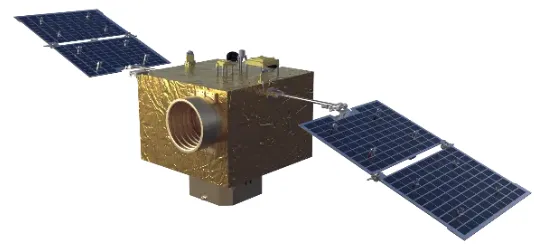
The Foundations Of Satellite Platforms In Remote Sensing
A nền tảng vệ tinh is more than just a physical structure—it integrates power systems, thermal regulation, attitude control, and communication modules necessary to operate remote sensing payloads effectively. The performance of these platforms directly influences the quality and reliability of data collected.
Traditional platform satellites often carry sophisticated sensor suites with extensive imaging capabilities, covering large areas with high spatial resolution. However, their high cost and long development times limit the frequency of new deployments.
The Rise And Advantages Of Cubesat Platforms
Enter the cubesat platform, a game-changer in satellite technology. These miniature satellites, often built in units of 10x10x10 cm cubes, are modular, affordable, and quick to produce. Their flexibility allows for targeted remote sensing missions that can be launched individually or as part of constellations.
Cubesat platforms enable frequent revisits over target areas, crucial for monitoring dynamic environmental phenomena such as crop growth or wildfire progression. Additionally, their low cost encourages experimentation with new sensors and technologies, accelerating innovation in satellite platforms in remote sensing.
Satellite Platforms In Remote Sensing And Communication Integration
Efficient data delivery is as important as data collection. Modern satellite platforms in remote sensing integrate with advanced communication technologies such as satellite internet, enabling near real-time transmission of images and sensor data.
This seamless connectivity, combined with the compactness of cubesat platforms, opens new possibilities for rapid response and continuous monitoring. The future of satellite platform in remote sensing lies in multi-sensor payloads, increased automation, and enhanced ground station networks.
In summary, the evolution of satellite platforms, especially the innovative cubesat platforms, is reshaping remote sensing by improving accessibility, data quality, and responsiveness. These advancements are critical to addressing global challenges related to climate, agriculture, and disaster management.






